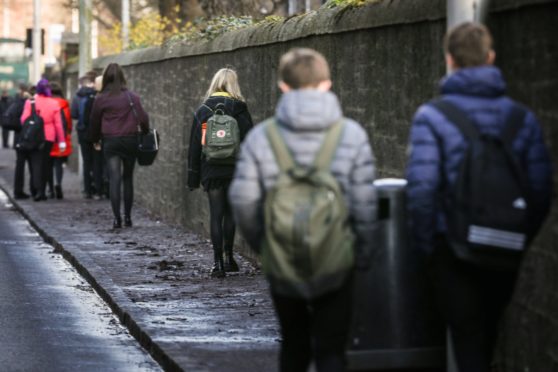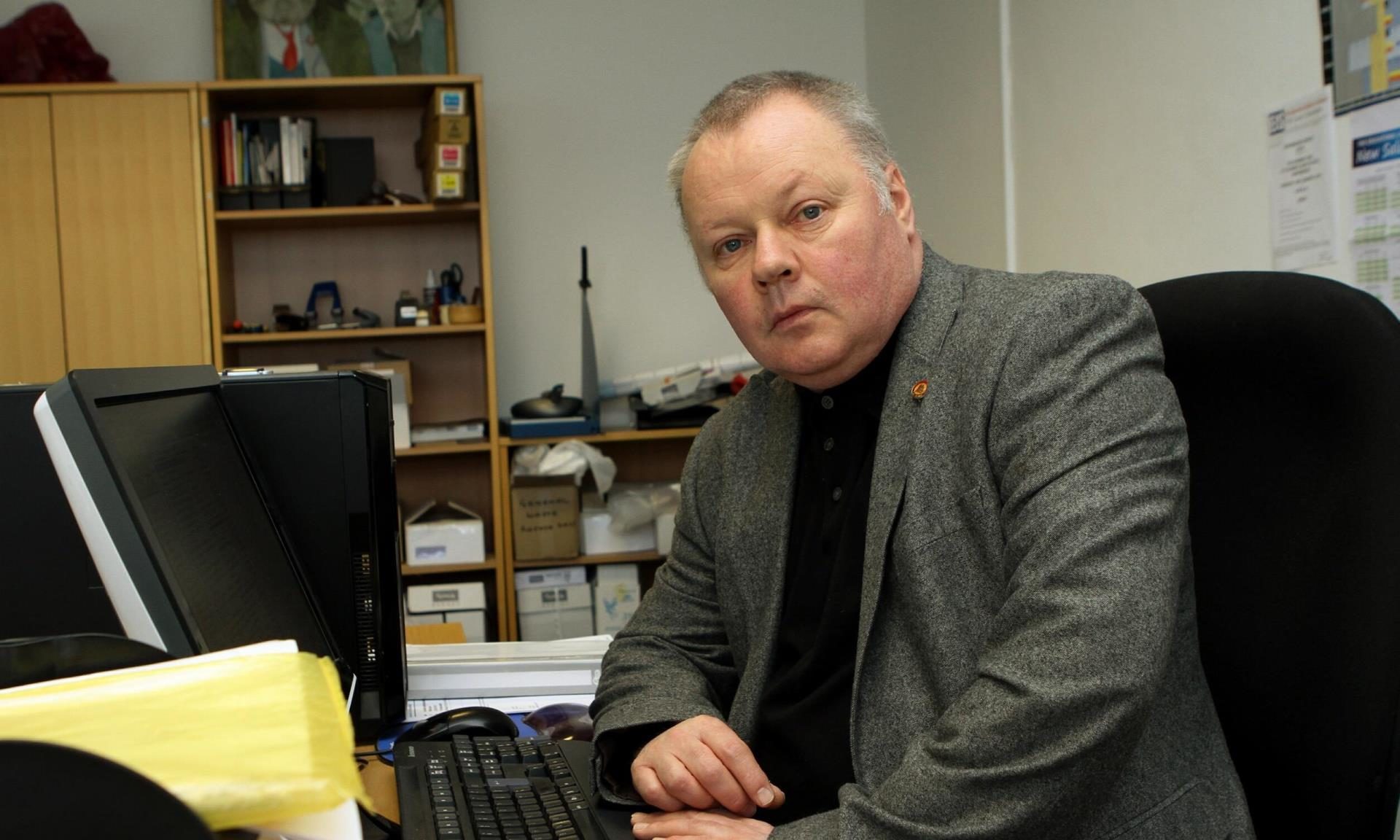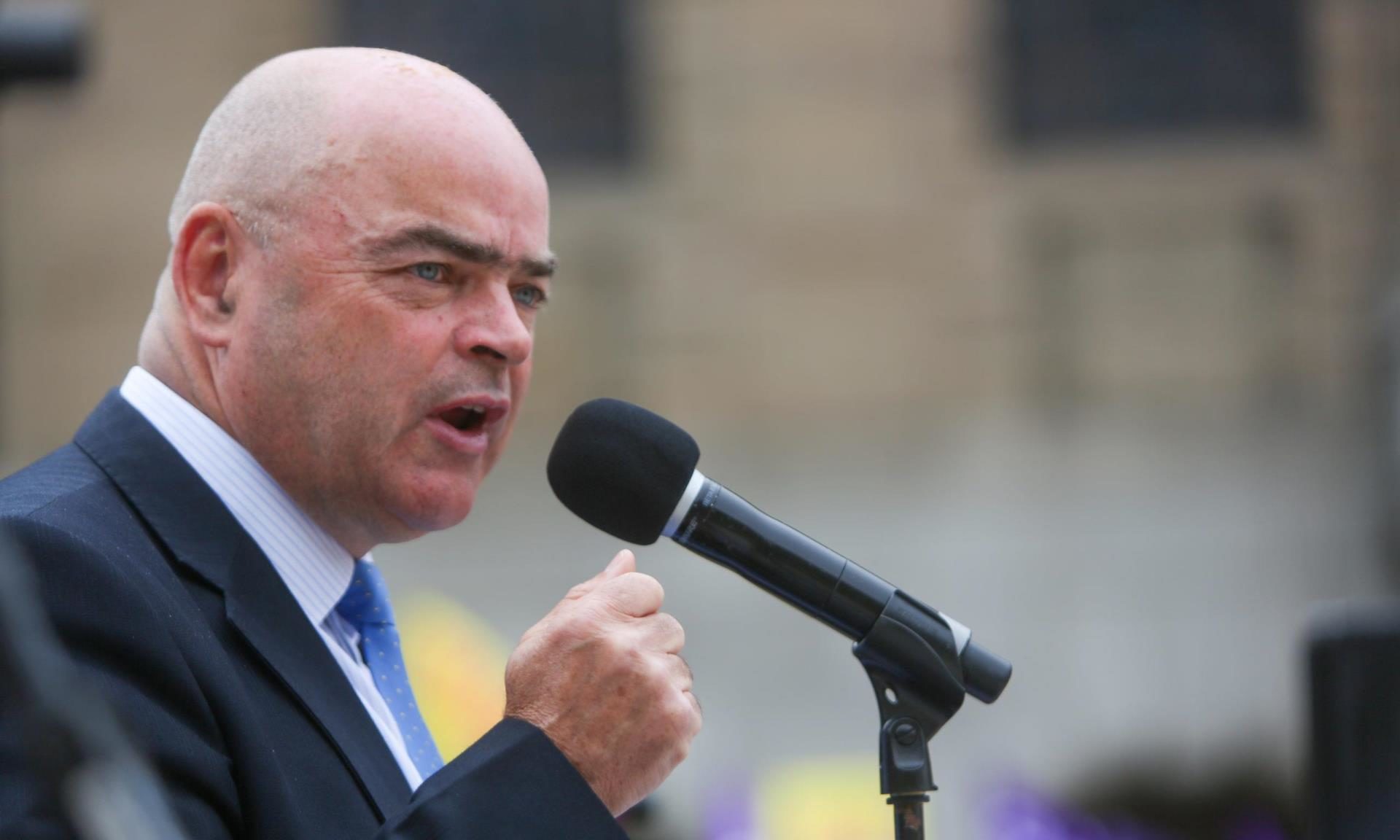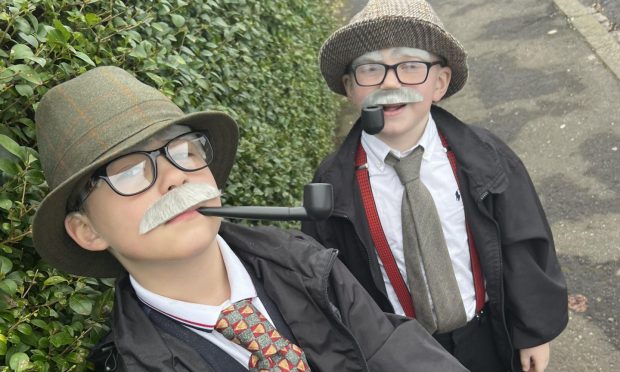Secondary school leaders face a “huge logistical problem” in delivering blended learning before the full-time return in April, a teaching union branch has warned.
EIS Fife representative David Farmer said that a great burden was being placed on head teachers and their leadership teams, who could end up working during their holidays again.
First minister Nicola Sturgeon announced on Tuesday that all secondary school pupils are to return to school for some of their education on March 15 before returning full-time after the Easter holidays.
Two-metre distancing will be required at least until the holidays.
This will mean putting in place different safety measures for the return twice in the space of a month, Mr Farmer said, including revised timetables, seating plans and risk assessments.
Health and safety concerns remain among school staff, he said, and the worry that infection rates will rise again when more children and young people are mixing in schools.
He said: “The teachers want kids back in school. Everybody knows that the best way to teach kids and for them to learn is face-to-face in a classroom, lab or workshop.”
But he said the Scottish Government’s plan for the phased return was flawed, and would create unnecessary risk and workload.
Remote learning survey: Tell us how home schooling has been for your family
He said: “Effectively, what schools are going to have to do in less than two weeks until the 15th is come up with some form of timetable and revised risk assessment programme, giving some thought perhaps about internal movement rules.
“The kids in school on particular days will need to have revised setting plans.
“It’s quite a big logistical exercise and then presumably in the Easter holidays they are going to have to do it again for greater numbers.
Teachers have stepped up to the plate and now they will have to step up the plate not once but twice in the space of a month.”
David Farmer, EIS Fife
“It does seem a great work burden for management in schools.
“Teachers have stepped up to the plate and now they will have to step up the plate not once but twice in the space of a month.”
He welcomed the requirement for two-metre distancing in secondary schools “at least until Easter”, as described by Ms Sturgeon, but he said: “Having set out that principal for good reason, we are a bit concerned that it seems it will be ditched in some point in the not too distant future.
“Teachers are still concerned about health and safety in early years, primary schools and secondary schools.
“The fear is that any return to school will see a rise in infections.”
The EIS union nationally has raised concerns over an “overhasty” return of all pupils and the impact on staff.
General secretary Larry Flanagan said: “The first minister has set out a desire for schools to develop a timetable model for the two weeks before Easter and then abandon it post-Easter, with absolutely no cognisance of the workload pressures which that will create for already exhausted school staff, including teachers who will be focusing on providing additional support to students in the senior phase, currently working towards qualifications under a completely new assessment model.
“This additional workload will be wholly disproportionate to the benefit that it will bring for students, whilst potentially undermining preparation work for qualifications.”
Removing distancing requirements after the holidays would, he warned, create significant extra risk of Covid infection among staff and pupils in the final weeks of coursework for national qualifications.
Fife education leader shares hopes for new school term without social distancing












